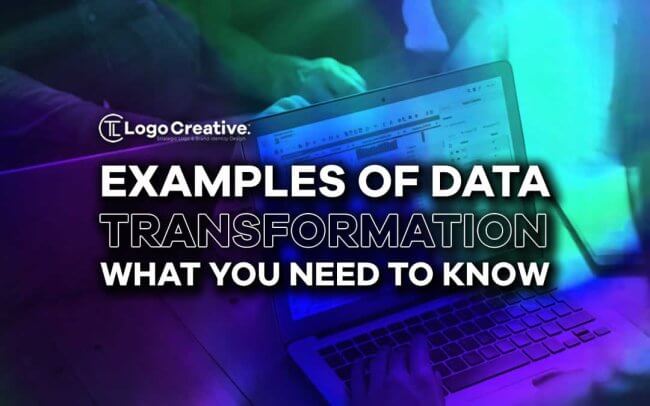Effective data management is an important part of any business, regardless of size. With so many different data types and sources, consistent formatting is crucial to ensuring the accessibility and usability of your data.
Data transformation is the easiest and most efficient way to maintain that consistency. Keep reading to learn more about data transformation and the role it plays in data management.
Table of Contents
Understanding Data Transformation
Data transformation is the process of converting data from one format or structure to another. Examples of data transformation include data aggregation, data migration, data scrubbing, and data extraction.
The best transformation method depends on the type of data and the desired outcome. There are several reasons why you might need to transform data, such as to improve the accuracy of the data, or to make it easier to access and use in other applications.
Transformation is typically executed in five stages: discovery, mapping, code generation, execution, and review. In the discovery stage, data is examined to identify the relevant fields and to determine the structure of the data.
The mapping stage then creates a plan for transforming the data, and the code generation stage creates the code necessary to carry out the transformation.
The execution stage applies the code to the data. Finally, the review stage verifies the accuracy of the transformation.
Data Aggregation

Data aggregation is the process of combining data from multiple sources into a single, unified view. This can be done manually but is often performed automatically using software that can combine data from multiple data sources into a single table or data set.
There are several reasons why you might want to aggregate data. One common reason is to improve performance. When data is aggregated, it can be stored in a more compact format, which can improve performance when it is accessed or processed.
Another reason to aggregate data is to improve accuracy. When data is aggregated, it is often easier to identify errors and correct them.
Additionally, when data is aggregated, it is often easier to detect patterns and trends.
This can help you to make better decisions about how to run your business or organization.
Data Migration
Another data transformation method is data migration—the process of transferring data from one system to another.
This can be done for a variety of reasons, such as upgrading to a new system or consolidating data from multiple systems into one.
The first step in data migration is to identify the data that needs to be migrated, either by reviewing the data structure of the old system and the new system or by exporting data from the old system and importing it into the new system.
Once the data has been identified, the next step is to determine the best way to migrate it, which may require converting the data from one format to another, cleaning up the data, and ensuring that the data is compatible with the new system.
Data Scrubbing

Data scrubbing is the process of verifying and cleaning up data. This can involve checking for incorrect data, verifying and cleaning up data entry errors, and standardizing data.
Scrubbing can also involve identifying and removing duplicate data, and consolidating data from multiple sources.
The goal of scrubbing your data is to ensure that the information is accurate and consistent. This can help to improve data quality and ensure that data is ready for use in business processes and analytics.
Data Extraction
Another common data transformation method is data extraction—the process of obtaining specific information from a data set.
This information may be extracted manually, through the use of a formula, or the use of a software program. Extracting data can be a time-consuming process, but it is often necessary to obtain the information needed for decision-making or analysis.
Join The Logo Community
We hope these Examples of Data Transformation have been helpful. If you would like more personal tips, advice, insights, and access to our community threads and other goodies, join me in our community.
You can comment directly on the posts and have a discussion with Andrew, the Founder of The Logo Creative.
*TIP – We recommend Skillshare to learn online. There are tons of classes for everything including graphic design, web design, marketing, branding and business-related courses. Get a free trial with our link and you won’t regret it Trust us!



